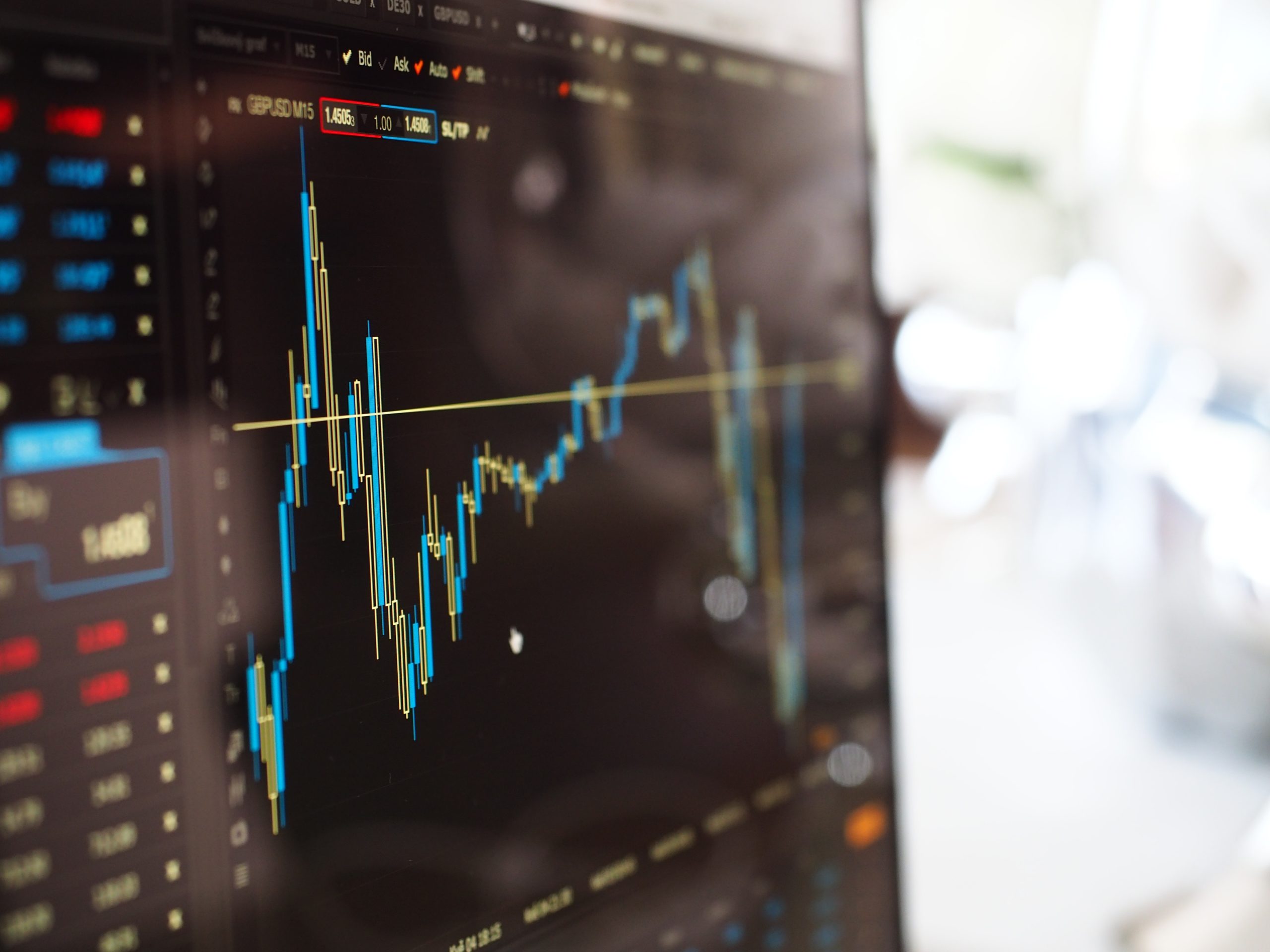Blame Swap rates

By Tom Collier
If you’ve been keeping an eye on mortgage rates lately you will have seen them increase a large amount. Here is a brief bit of the back story into why this is happening.
The reason rates are going up at such an unprecedented rate is a complicated one. Rates have been affected by the global economy in the wake of the Russian invasion of Ukraine and the pandemic, amongst other things.
A large part of the reason that the larger lenders in the UK have increased their rates so frequently is due to the impact of Swap rates and the London Interbank Offer Rate. (LIBOR) The former is not a set rate but determined by the appetite for ‘risk vs predictability’ amongst the world’s largest banks and companies. The latter is agreed by the largest banks every morning. Both are showing an upward trend.
Swaps
Swap rates on debts between large organisations are generally lower at times when the appetite for variable rates of interest is similar to that of the appetite for fixed rates of interest.
There is a greater demand for fixed rates now which inevitably pushes them up. This demand has spiked as many of these organisations pay the LIBOR rate on their debts which itself has increased quickly. We’re talking about huge transactions between large organisations and banks here, not just mortgage rates. These costs trickle down and eventually impact mortgage rates, that’s what’s happening now.
LIBOR
LIBOR is an extremely dynamic rate of interest, it can go up or down every day. This is the rate that the majority of Banks pay one another on borrowing between them. The average here has risen sharply since February going from around 0.4% to 1.2% in that time.
All of this has led to the banks increasing their mortgage rates. This has been further fuelled simply by the demand for fixed rates by the consumer. No single bank wants to be exposed as the cheapest for too long.
Sadly no one knows what’s going to happen next. Sorry folks, no happy ending on this one.






